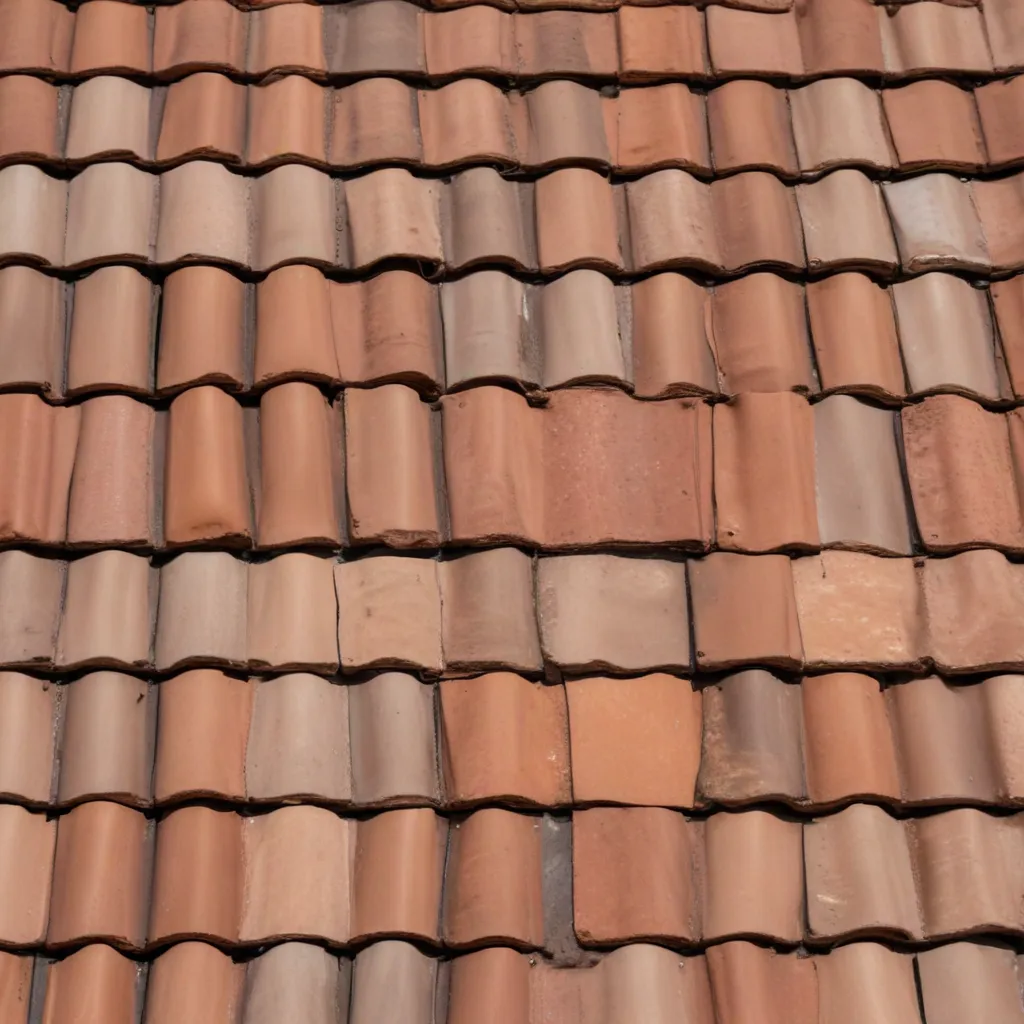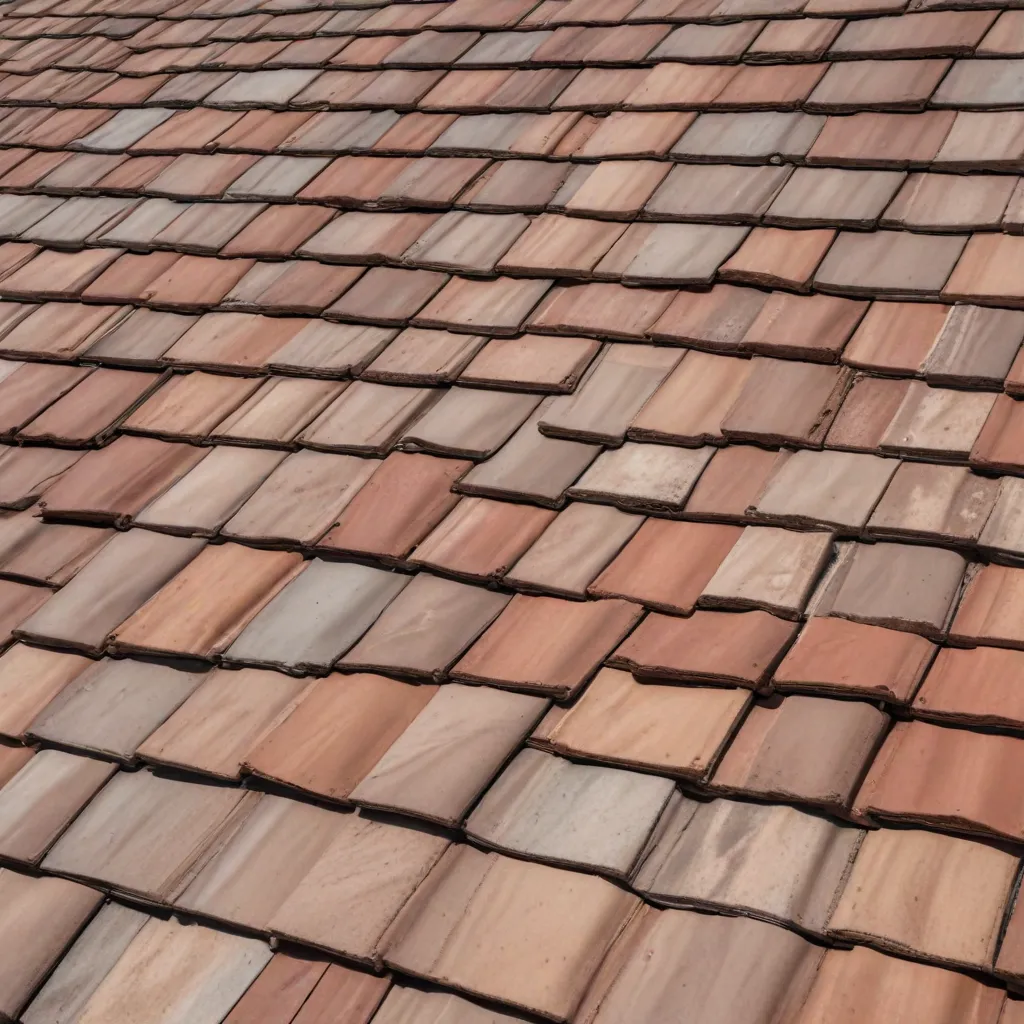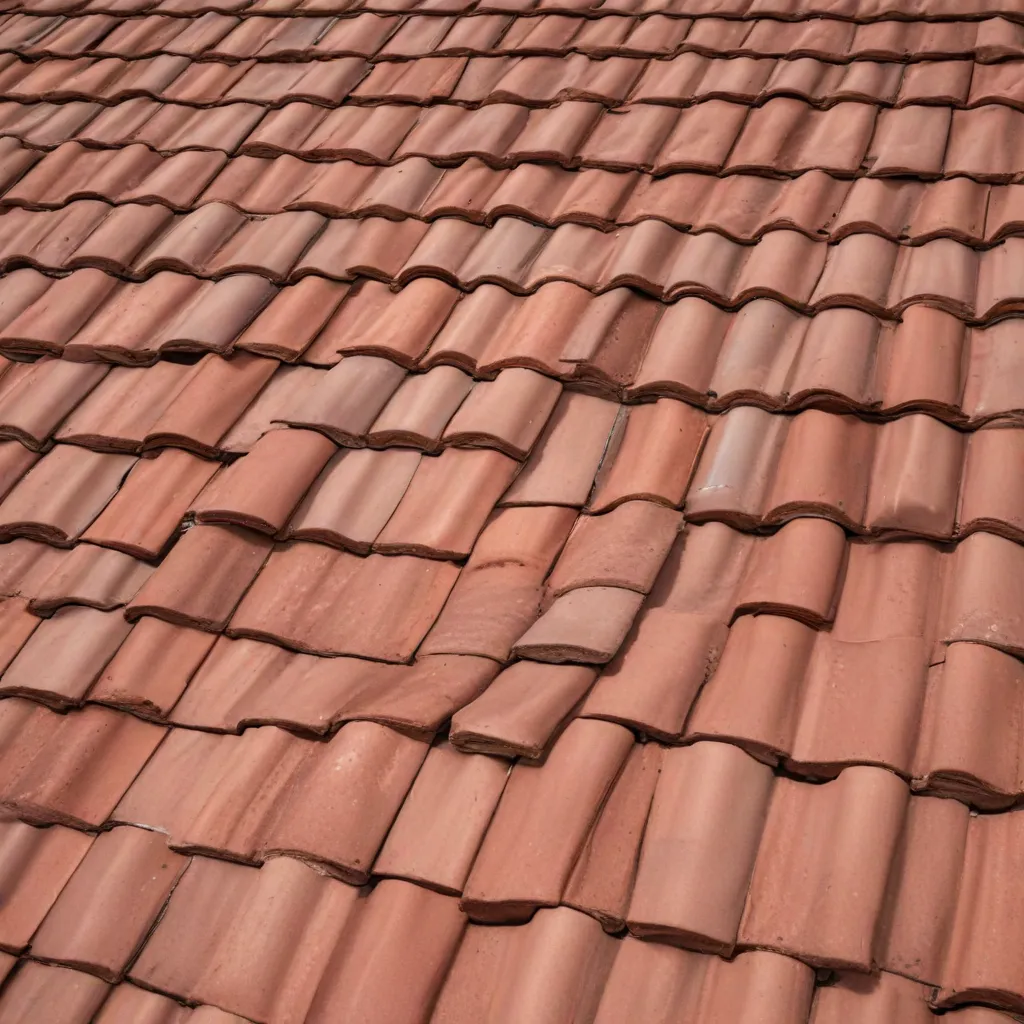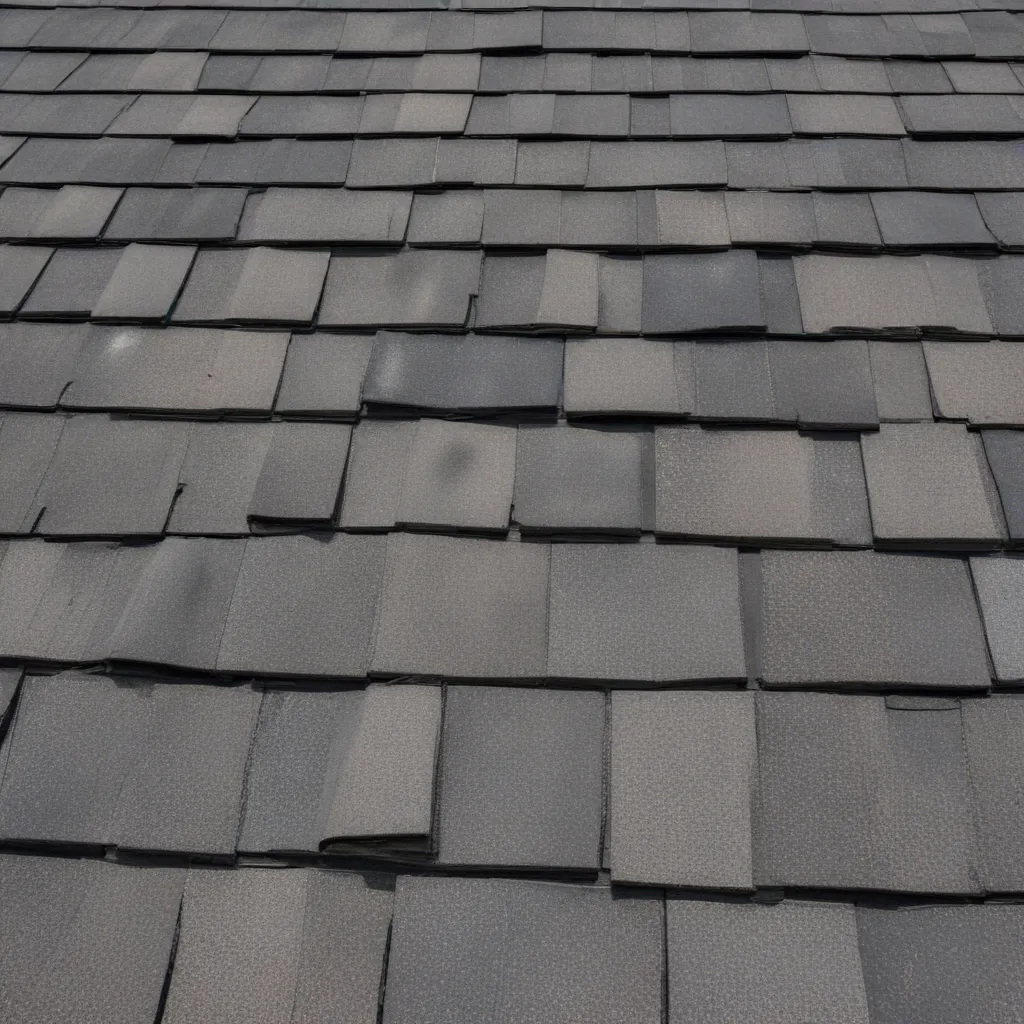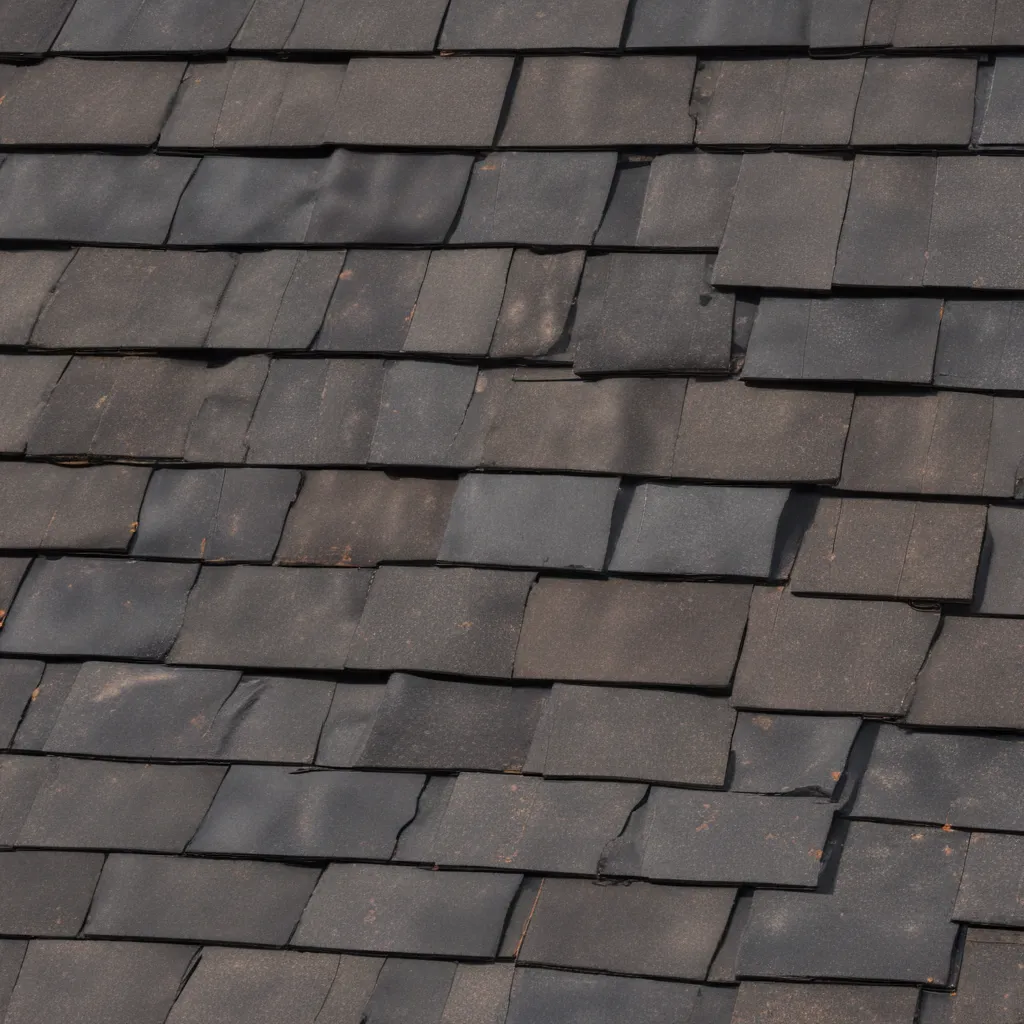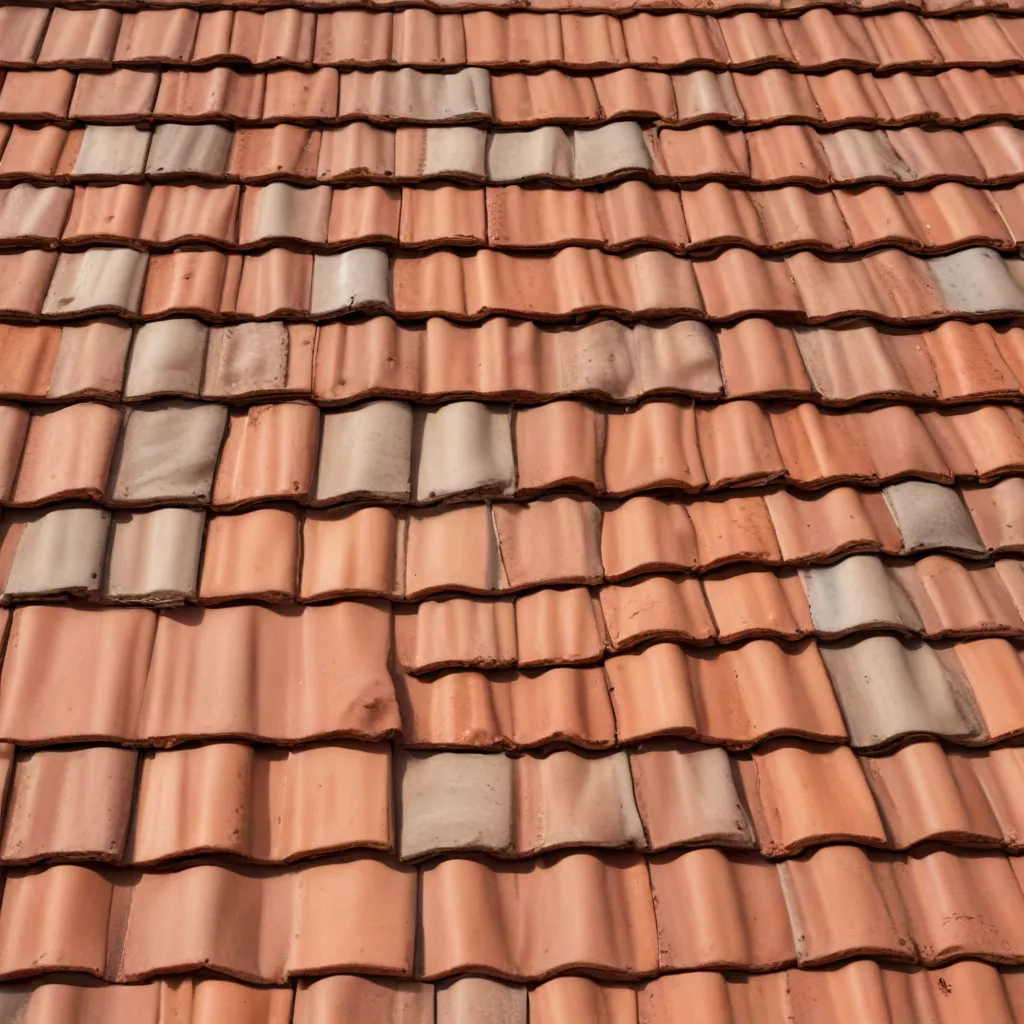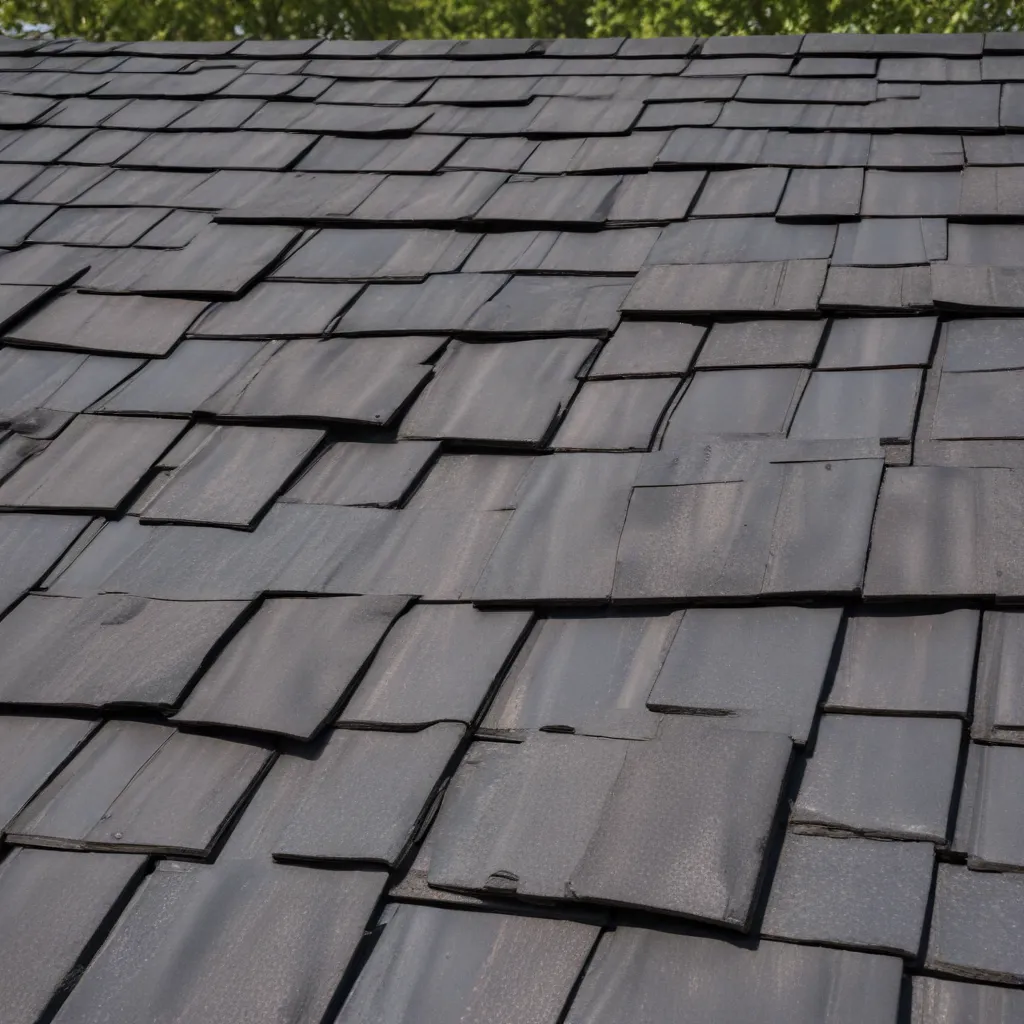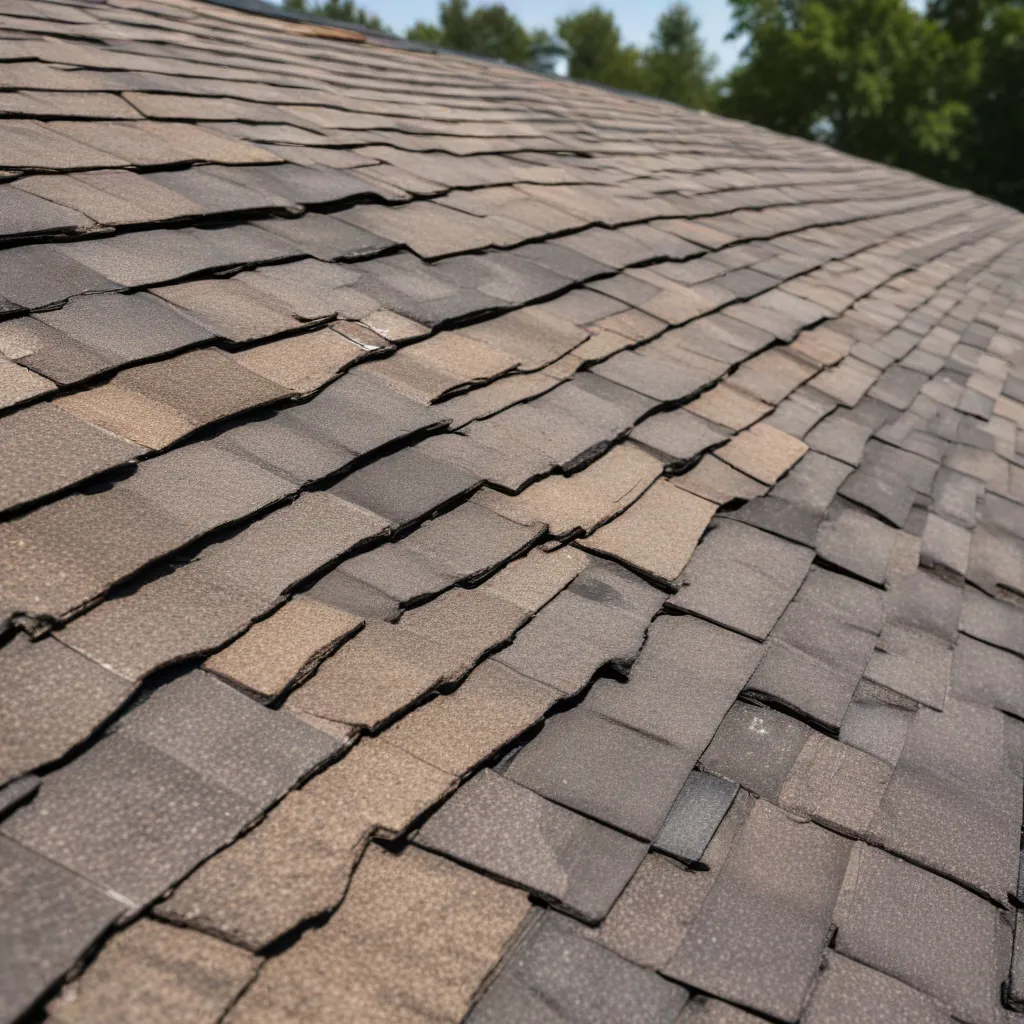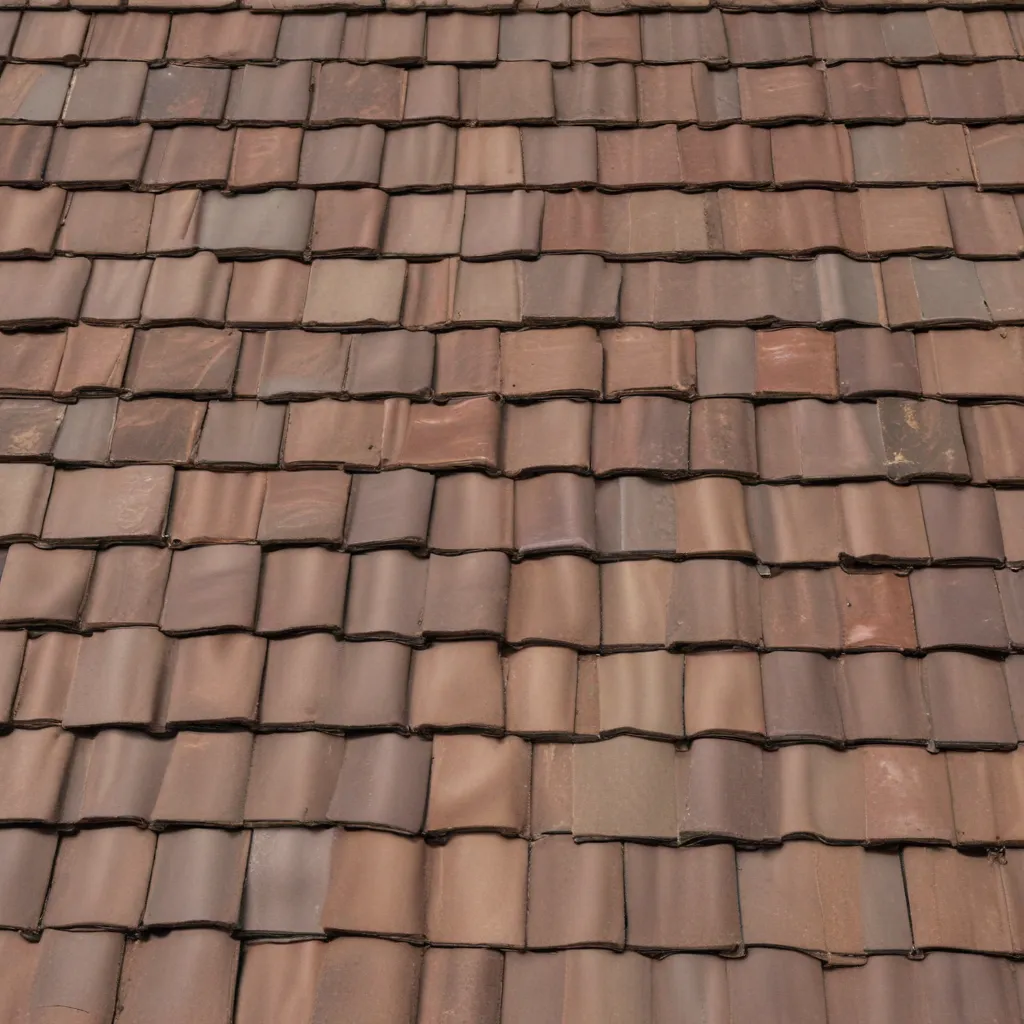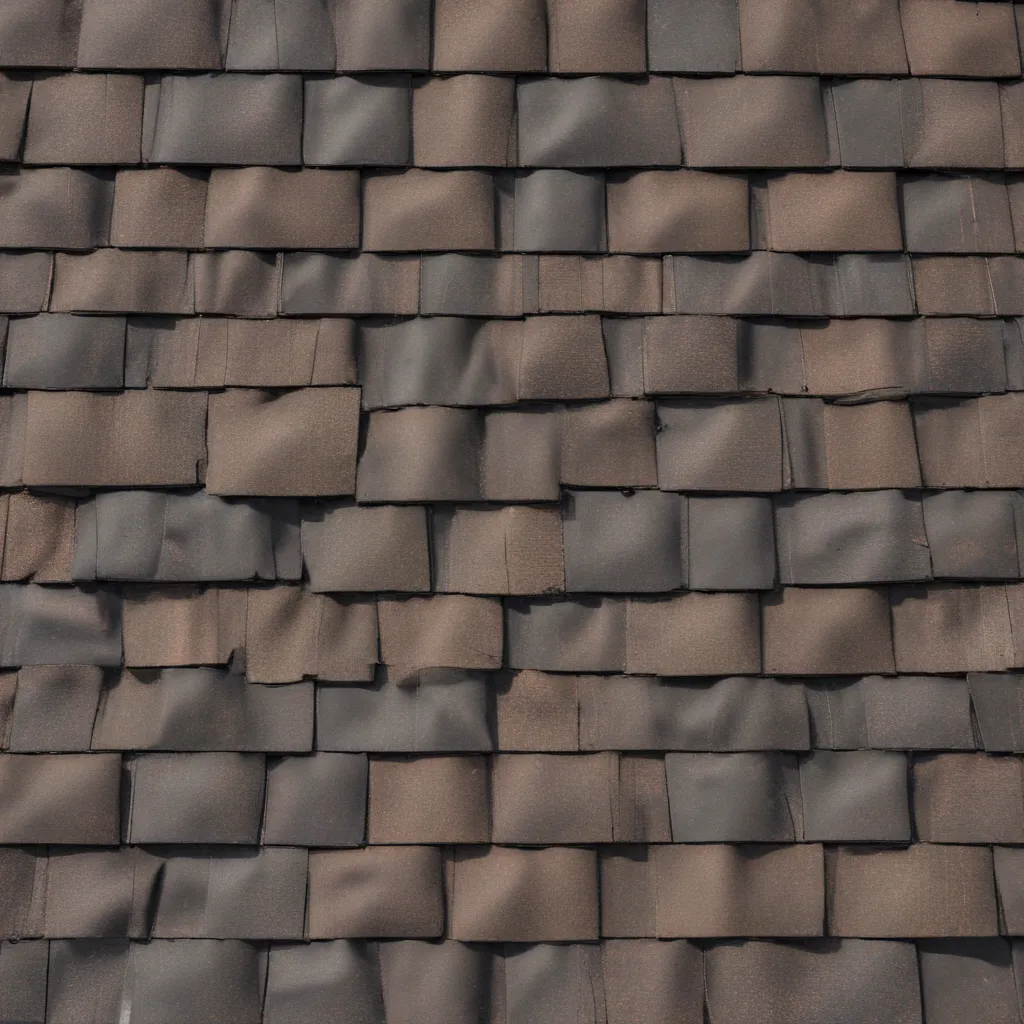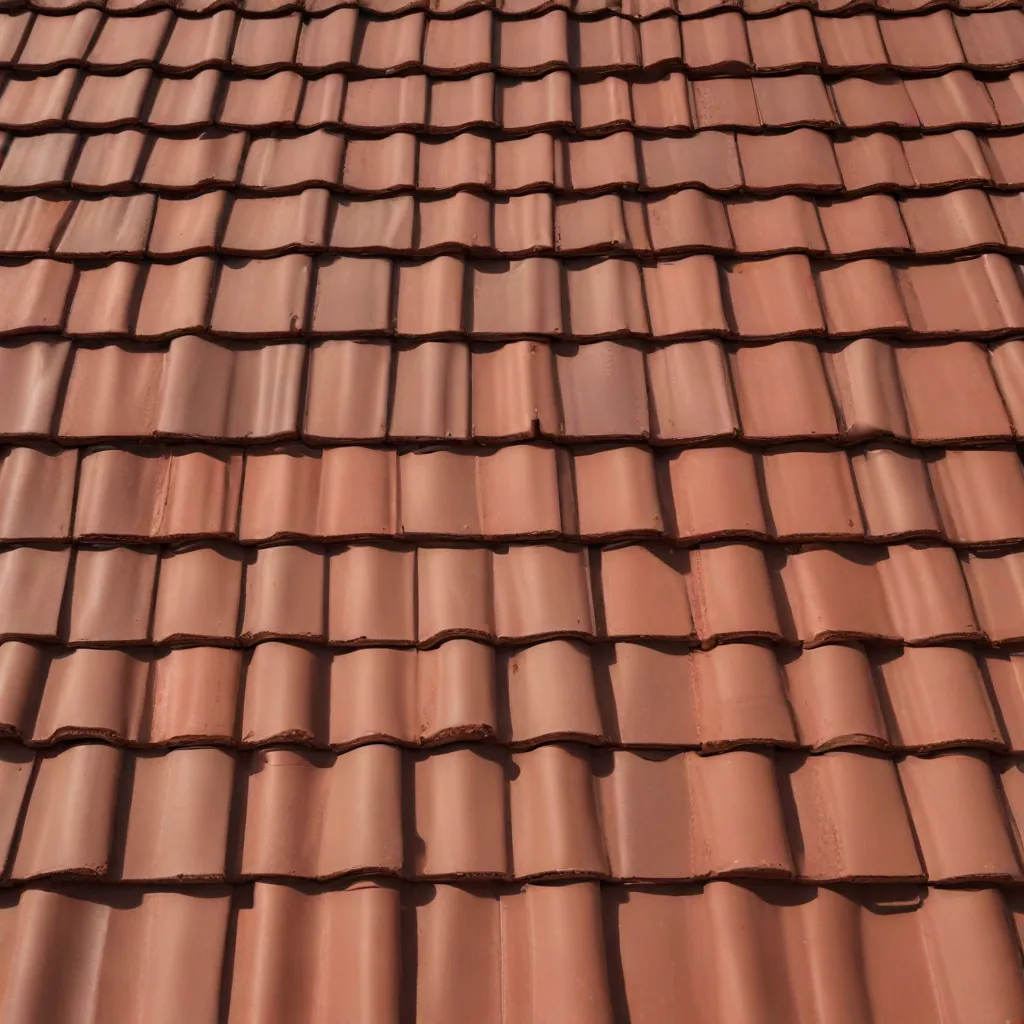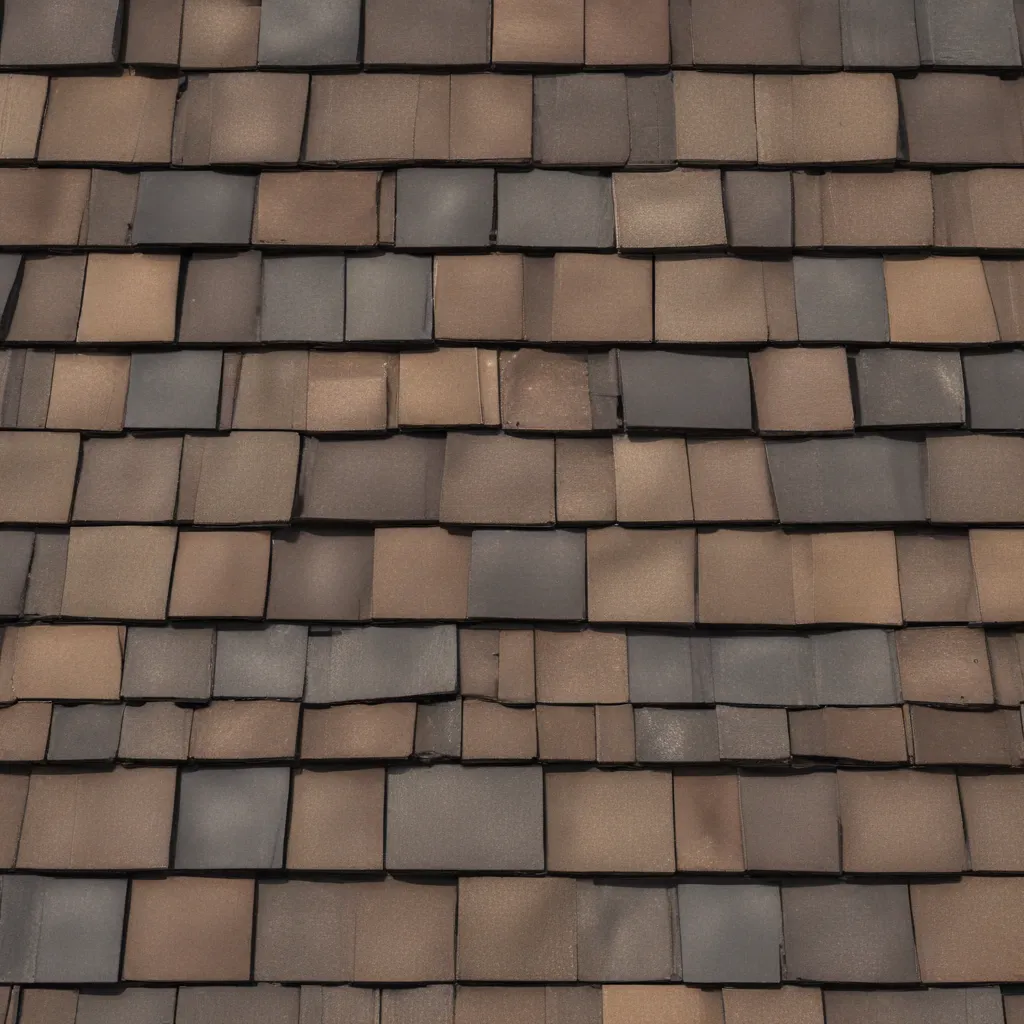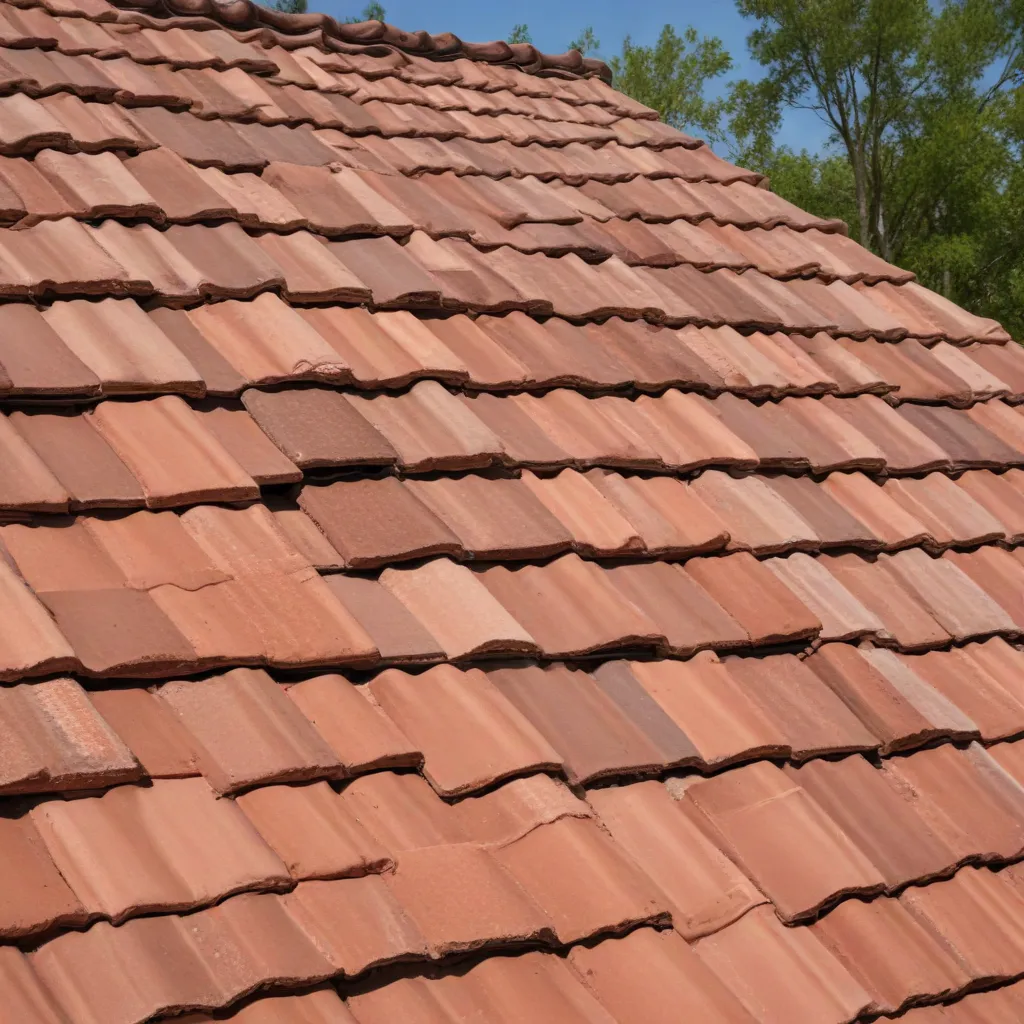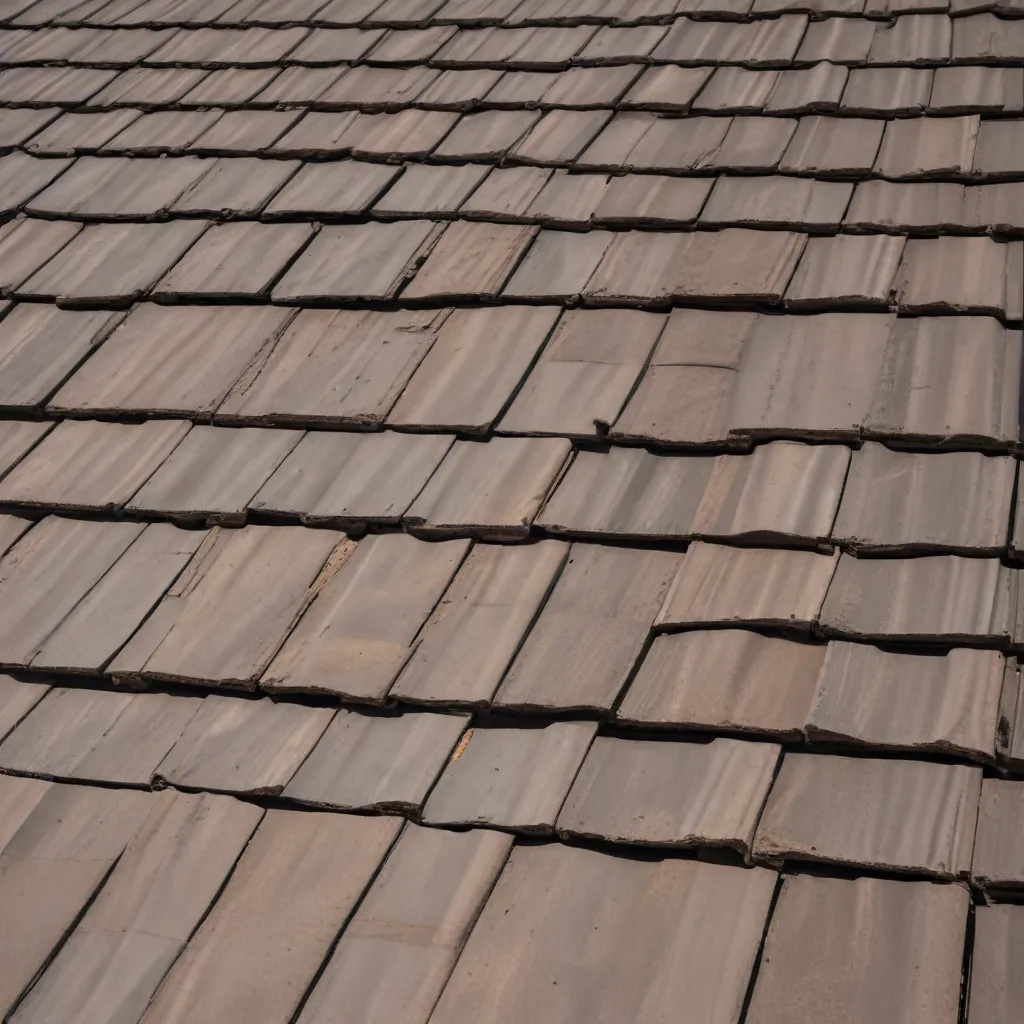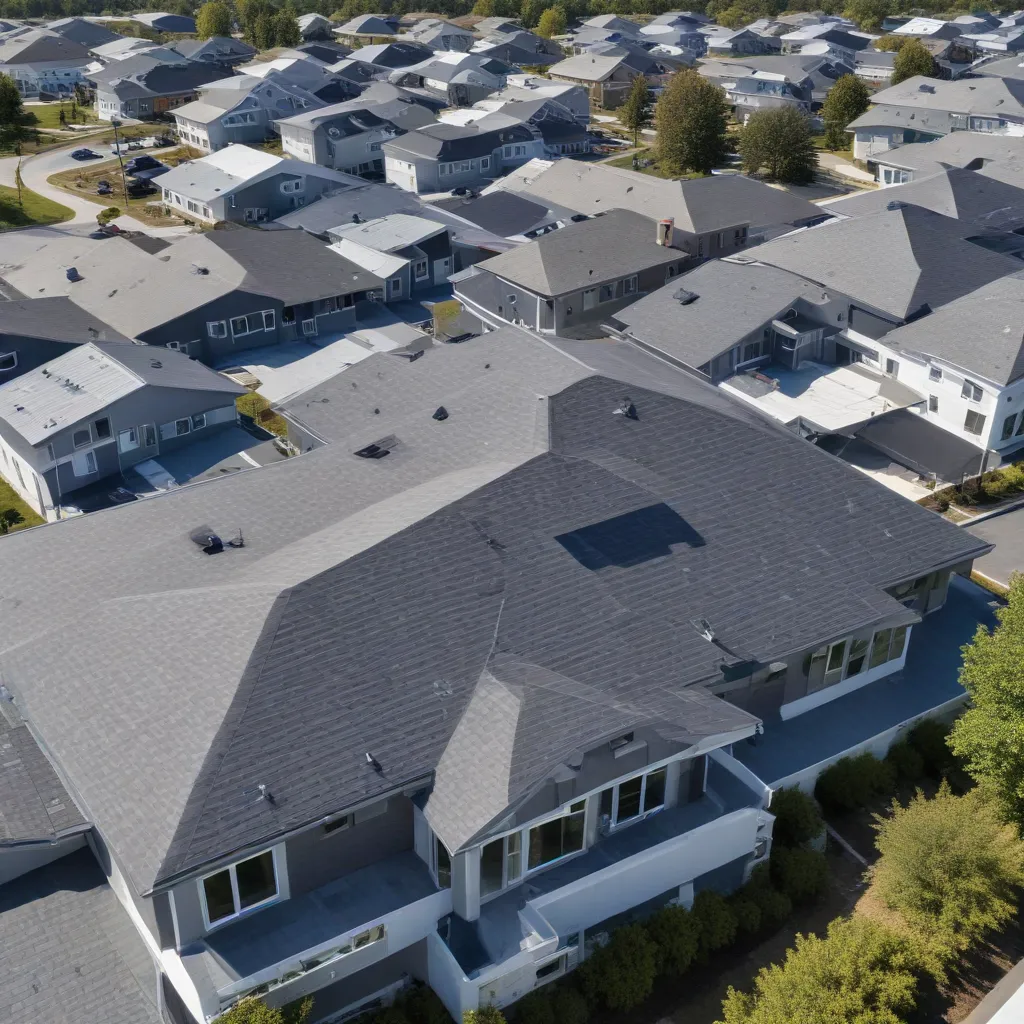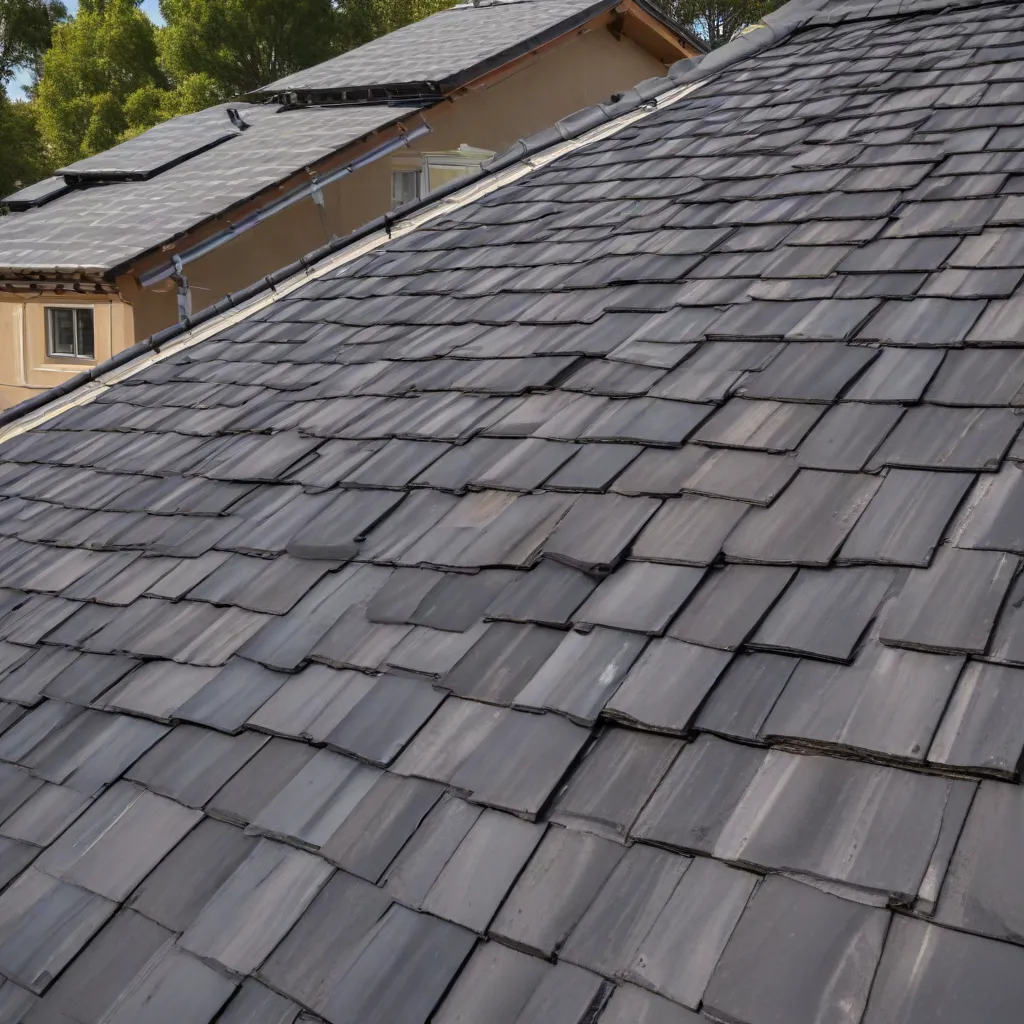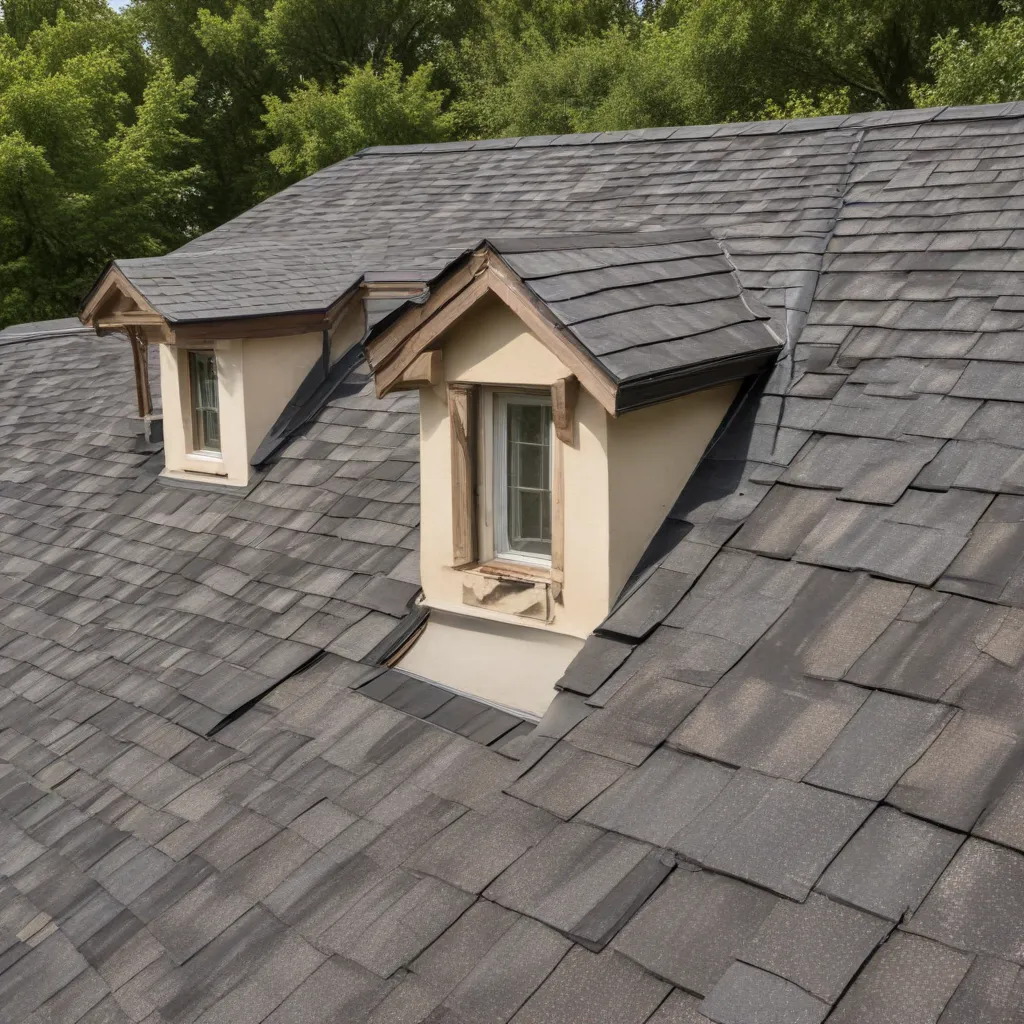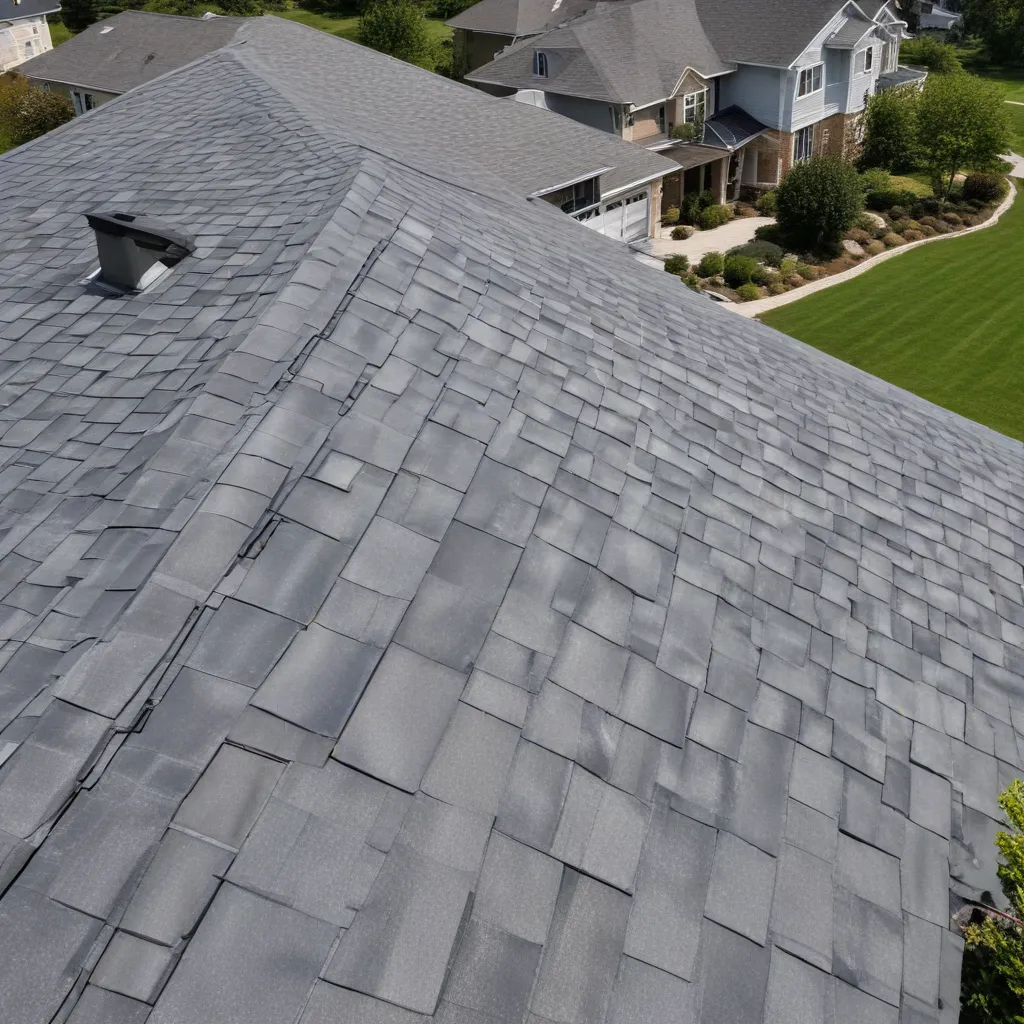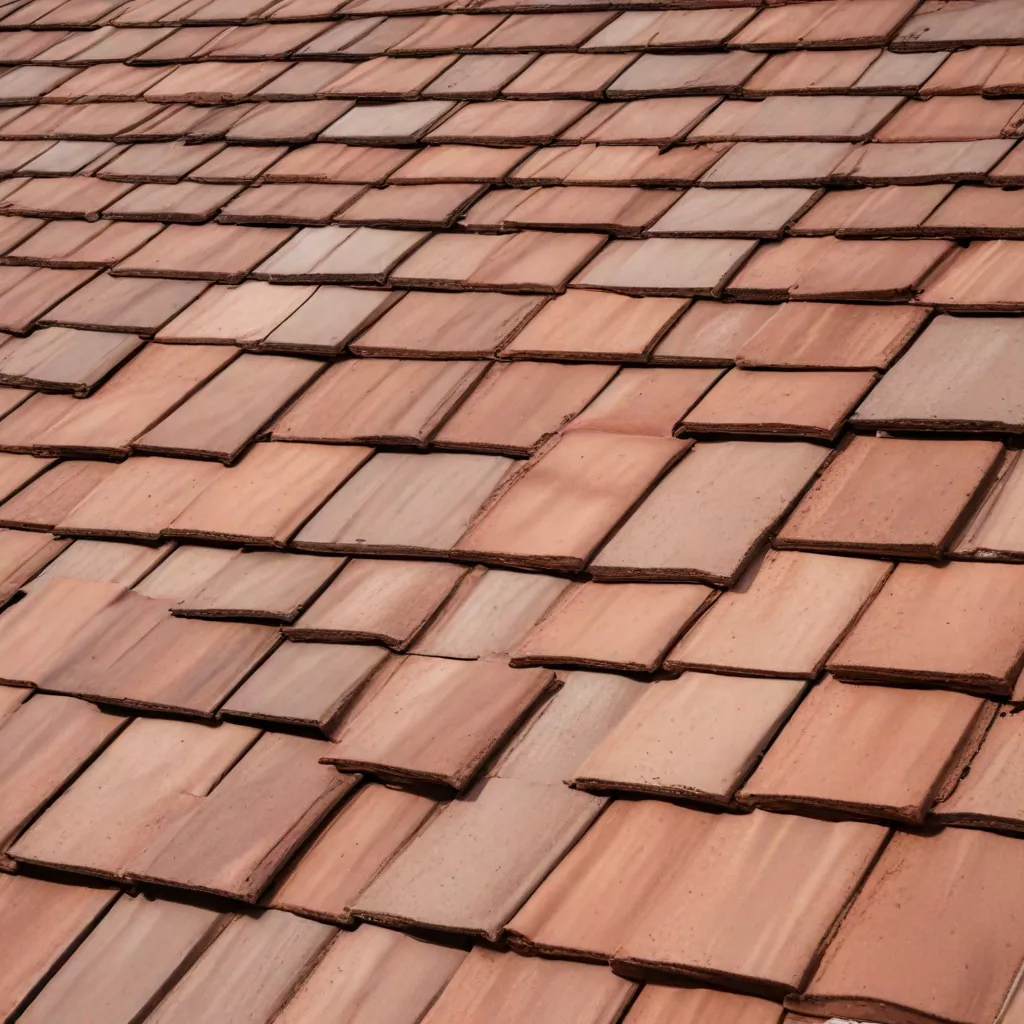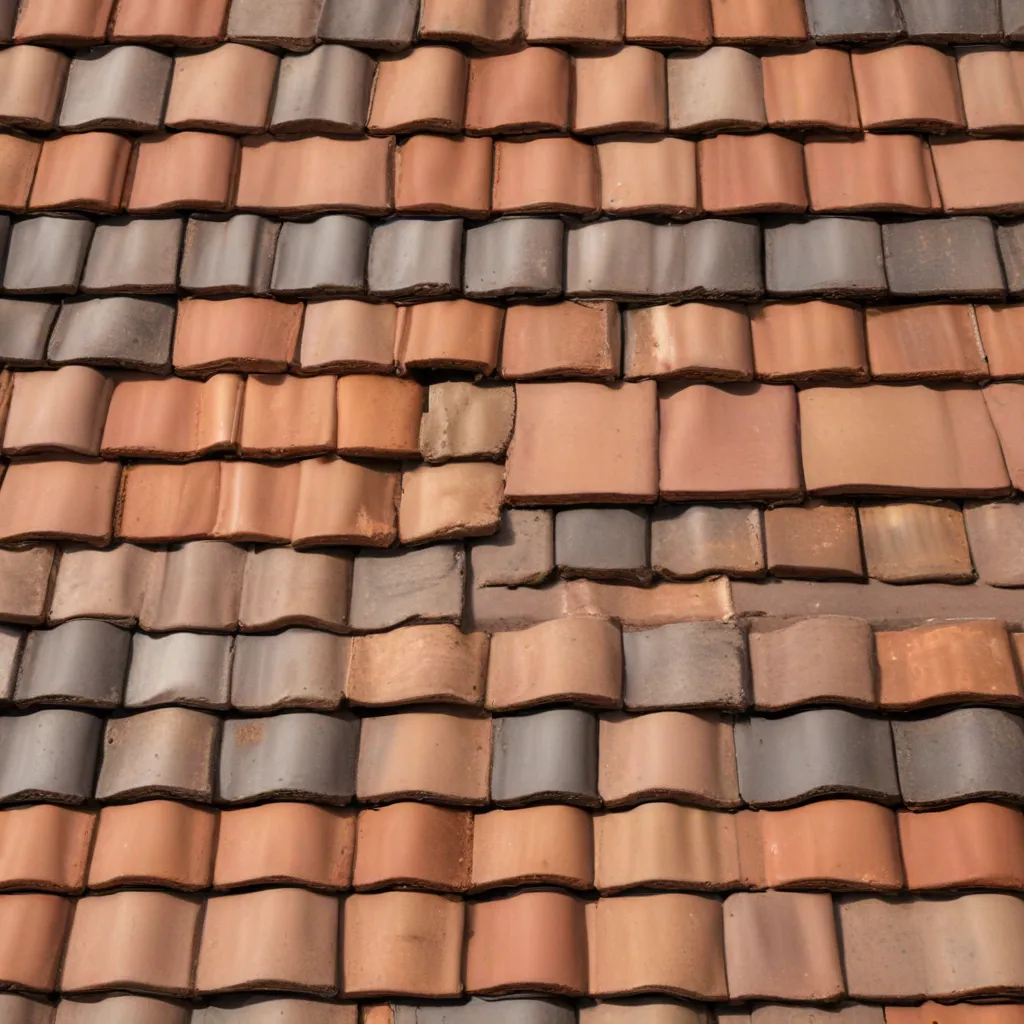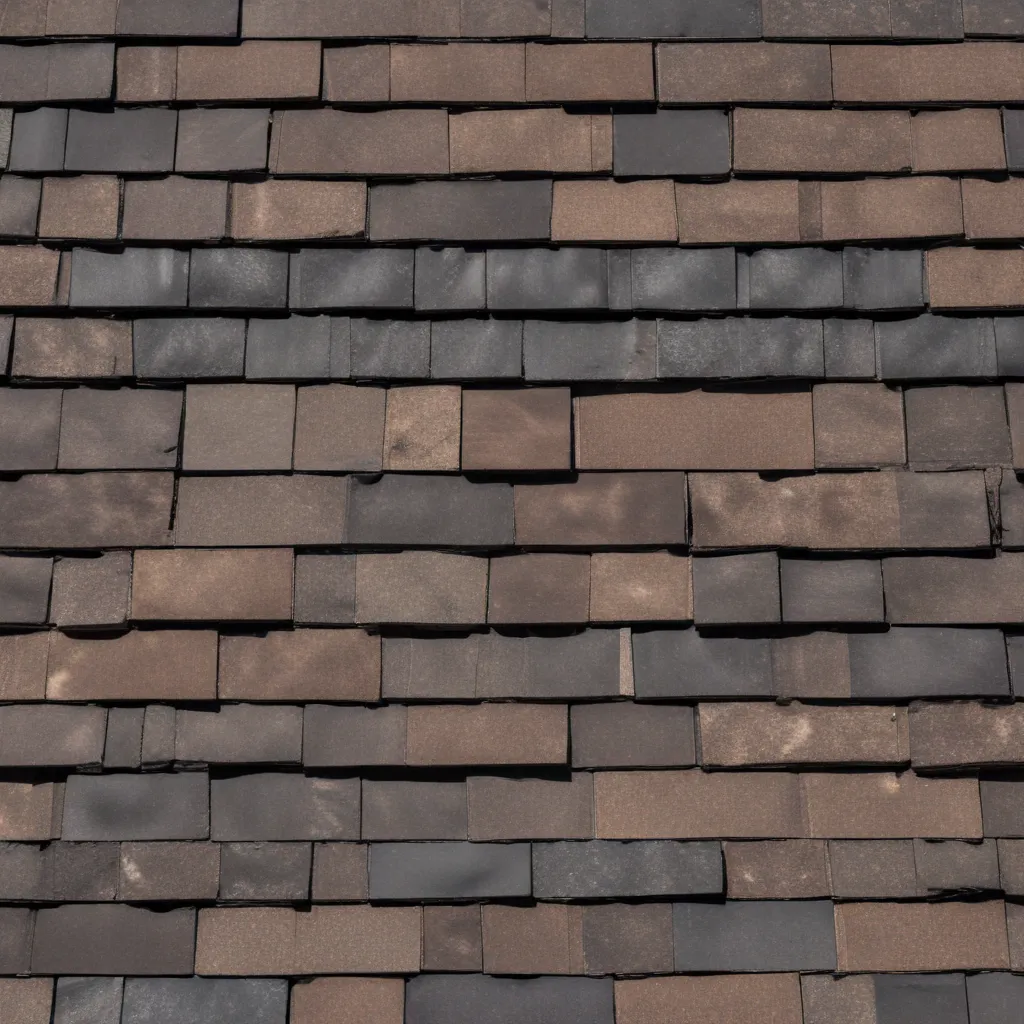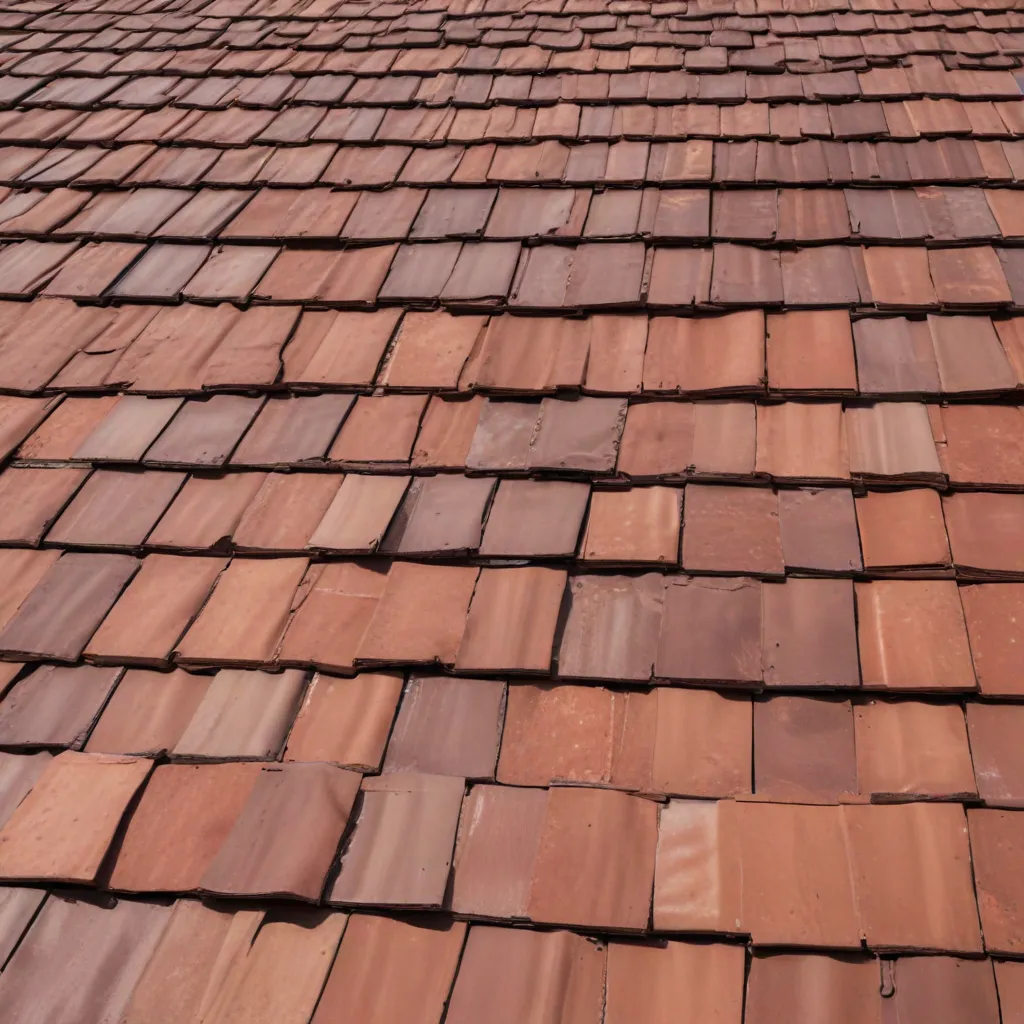
The construction industry is a significant contributor to environmental degradation, accounting for 40% of global material use, energy consumption, and waste generation. Within this sector, the selection and implementation of roofing materials and systems can have a profound impact on a building’s overall sustainability and resource efficiency. Embracing circularity in roof systems is essential for achieving a more sustainable built environment.
Circularity Criteria
Material-Level Circularity
Circularity at the material level involves factors such as efficiency, durability, waste reduction through recirculation, and replacement, while encompassing criteria that define circularity in building materials. Understanding the inherent characteristics and behaviors of these materials is crucial for maximizing their circularity potential.
Traditional construction materials, such as concrete and steel, are essential for roof structures, while innovative sustainable materials like bamboo, timber, and biomaterials are emerging as viable options. Achieving circularity in these materials requires considering their life cycle perspectives across various stages, including acquisition, extraction, procurement, manufacturing, construction, maintenance, recovery, reclamation, and end-of-life management.
Numerous studies have proposed criteria sets to define circularity in building materials. These include:
- Efficiency: Reducing material intensity by avoiding over-specification with high-performance materials.
- Durability: Designing and producing materials for maximum useful life extension.
- Closing Cycles, Recirculation, and Waste Reduction: Recycling materials at the end of their useful life, e.g., designing for selective disassembly instead of demolition.
- Replacement: Substituting materials with high carbon footprint and environmental impact with lower-impact alternatives.
Environmental Product Declarations (EPDs) are also recommended as a step toward circularity considerations at the material level.
Circularity Indicators
Various indicators have been developed to assess the circularity of construction materials, including:
- Resource Potential Indicator (RPI): Evaluates the technical feasibility of waste reuse, based on the percentage of economically reusable material and the current level of generation.
- Material Circularity Indicator (MCI): Assesses material flows and restorative values associated with a product or company, ranging from 0 to 1 based on factors like recycled content, waste, and utility.
- Longevity Indicator (LI): Quantifies the average lifespan of product and material usage within a product, spanning from initial use to the end of its life cycle.
These indicators provide valuable tools for informing decision-making and implementation practices in the construction sector.
Sustainable Material Characteristics
When selecting roofing materials, key characteristics to consider include:
Recyclability: The ability of a material to be recycled through a particular process at its end-of-life.
Reusability: The capability of materials to be reused at their end-of-life, providing building elements with a second life.
Ease of Deconstruction: Materials that facilitate design strategies for reversibility, such as adaptability and disassembly with minimal damage.
Durability: Resistance of materials to deterioration over time while meeting minimum requirements.
Energy Recoverability: Potential for converting building materials and components into energy through incineration.
Biodegradability: Ability of building elements to disintegrate in the natural environment with no ecological damage.
These criteria can help guide the selection of roofing materials that align with circular economy principles, reducing waste and environmental impact.
Circularity Assessment
Life Cycle Considerations
Assessing the circularity of roofing materials and systems requires a comprehensive Life Cycle Assessment (LCA) approach, evaluating their environmental impact from raw material extraction to end-of-life disposal or reuse. This includes quantifying embodied energy, greenhouse gas emissions, and the potential for recycling or repurposing materials.
Material Flow Analysis
Material Flow Analysis (MFA) is a valuable tool for examining the input, processes, and outputs within the roofing industry. This includes tracking the flow of raw materials, energy, and waste throughout the value chain, from extraction to disposal or recirculation.
Circularity Metrics
Integrating circularity indicators, such as the RPI, MCI, and LI, can provide a holistic assessment of the circularity of roofing materials and systems. These metrics can help identify opportunities for improvement, inform decision-making, and track progress towards a more sustainable built environment.
Roof System Design
Modular Roof Components
The use of prefabricated and modular roofing components, such as prefabricated trusses, panels, and tiles, can contribute to the circularity of roof systems. These factory-produced elements facilitate efficient assembly, disassembly, and the recovery of materials for reuse or recycling.
Material Selection Strategies
When selecting roofing materials, prioritize those with high recycled content, low embodied energy, and the potential for reclamation and reuse at the end of their service life. This may include exploring metal roofing systems, composite shingles made from recycled materials, and sustainable insulation solutions.
Recyclability and Reusability
Designing roofs with a focus on disassembly and adaptability can enhance the recyclability and reusability of roofing components. This may involve using reversible connections, standardized interfaces, and modular design to facilitate the recovery of materials at the end of a building’s life cycle.
Sustainable Construction Practices
Waste Minimization
Implementing strategies to reduce construction waste, such as prefabrication, modular design, and careful material planning, can significantly contribute to the circularity of roof systems. Additionally, promoting the reuse and recycling of roofing materials and components can divert waste from landfills.
Energy-Efficient Techniques
Incorporating energy-efficient roofing strategies, like cool roofs, green roofs, and solar photovoltaic systems, can enhance the overall sustainability of a building. These approaches not only reduce energy consumption but also contribute to the building’s resilience and adaptability to environmental changes.
Circular Economy Principles
Aligning roof system design and construction with the principles of the circular economy, such as closing material loops, slowing resource flows, and narrowing resource use, can drive the transition towards a more sustainable built environment. This may involve exploring innovative business models, such as product-service systems, that incentivize the reuse and recirculation of roofing materials and components.
By embracing circularity in roof systems, the construction industry can significantly reduce its environmental impact, conserve natural resources, and contribute to the transition towards a more sustainable future. The integration of circularity criteria, the adoption of innovative materials and technologies, and the implementation of sustainable construction practices are essential steps in this journey towards a genuine, resilient, and energy-efficient built environment.

